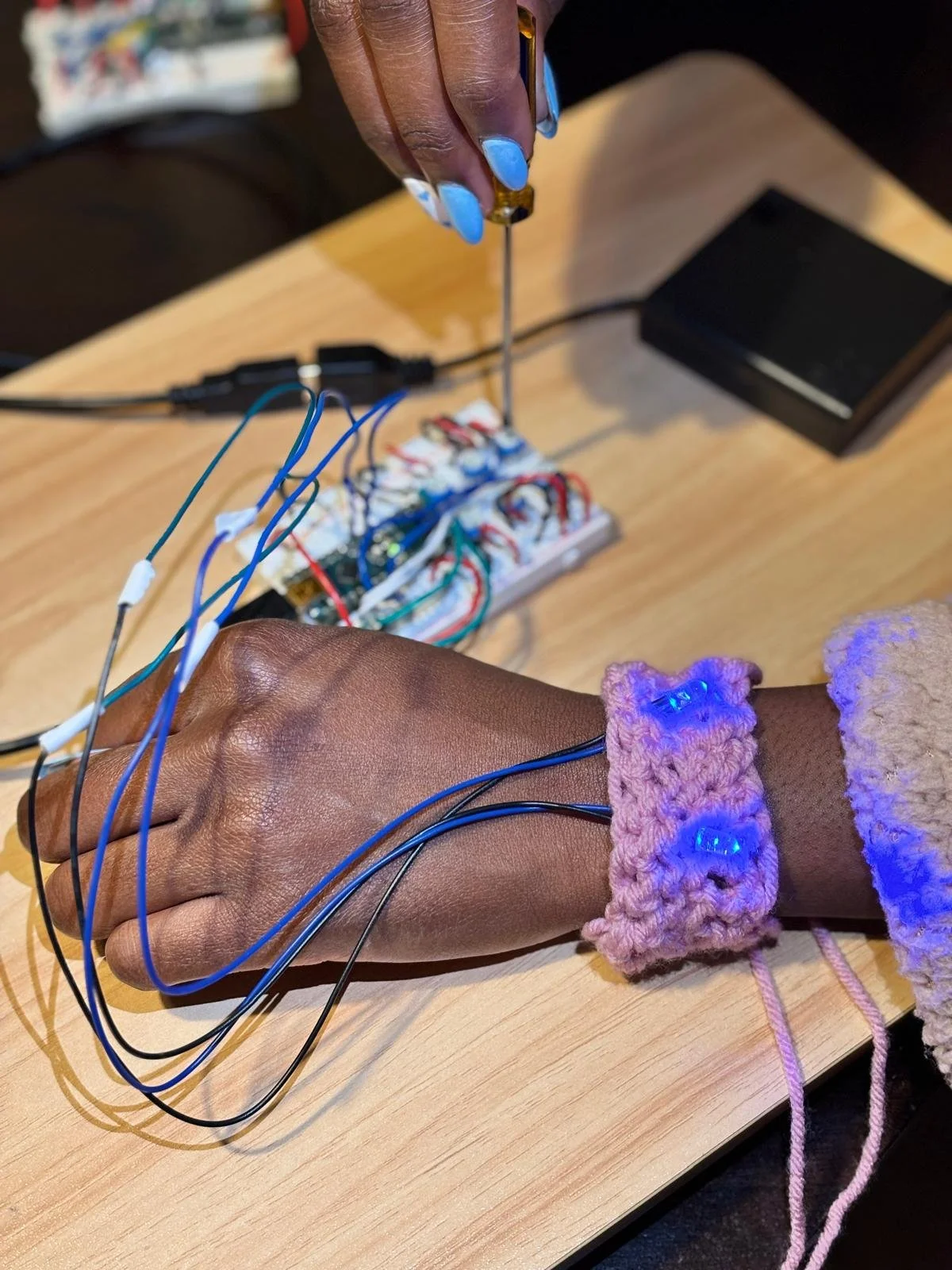Problem statement
A growing number of adults are beginning to suspect that they have undiagnosed ADHD. A study carried out by The Ohio State University Wexner Center (2024), on 1000 American adults, found that 25% suspected that they have undiagnosed ADHD. I also conducted a study on graduate students at Illinois State University, and 8 out of the 13 participants in the survey believed they had undiagnosed inattentive ADHD. Their reason was that they experienced characteristics similar to those with diagnoses. They experienced characteristics similar to forgetfulness, difficulty maintaining focus, struggling to finish a task, being easily distracted, losing items needed to complete a task, etc.
How might we design an attention object as an external cue to remind them to stay focused during class activities or study time and to blink subtly to build and reinforce calmness and focus?
Blink
A 2025 Project
Role
Me: UX Researcher and Product Designer
Collaborator: Kristin Carlson, PhD – Research Chair, and Graduate; Greg Corness, PhD – Arduino and LED Programmer.
Scope
8 months
Process
Research, Survey, Interview, participatory design session/workshops, Ideation, prototyping.
Process
Arduino IDE, Breadboard, craft materials (yarn, felt, craft clay, beads, pipe cleaners, glue, etc), 3D printer, LED Bulbs, wire
Thesis
The concept of an attention object was also stretched into a thesis paper. The sections below outline the different aspects of the thesis paper.

Topic -
Stimulating Focus and Calming Using Soft Technology: A User-Centered Approach
Abstract:
This study explores the potential of active attention objects embedded with technologies such as LEDs to enhance focus and calmness in individuals with inattentive ADHD, particularly in classroom settings. Individuals with inattentive ADHD often struggle with irritability, stress, and panic attacks when exposed to external stimuli such as loud sounds, varying light intensities, strong smells, or physical sensations, which significantly hinders their ability to concentrate and remain composed. My literature review discovered a connection between an individual’s blinking pattern and their focus, and my work explores how to design active attention objects to engage with blinking as a focus tactic.
The research utilized two participatory design methods: focus groups and prototyping. Conducted in two phases, the study first paired participants in groups of three, allowing them to sketch designs for active attention objects, highlighting where technologies such as blinking LEDs should be placed. Participants discussed their concepts collaboratively. In the second phase, participants constructed physical prototypes of their designs and used potentiometers to control the speed and patterns of the LEDs. Each group produced individual prototypes, with the LEDs intended to regulate participants' blinking patterns. This was crucial, as individuals with inattentive ADHD either forget to blink when focusing or blink excessively when overwhelmed by external stimuli. The LEDs aimed to capture attention, stimulate blinking, and suggest appropriate speeds.
The study was effective as it empowered participants with agency in their care and unveiled unique patterns, processes, and associations pertinent to each participant's experience. My findings indicate that active attention objects, such as LEDs blinking in specific patterns, can significantly improve focus and calmness in individuals with inattentive ADHD by promoting regulated blinking.
KEYWORDS: ADHD, active attention object, DSM-5-TR, LED, participatory prototype approach, active attention object, comfort object
Prototypes from the workshop
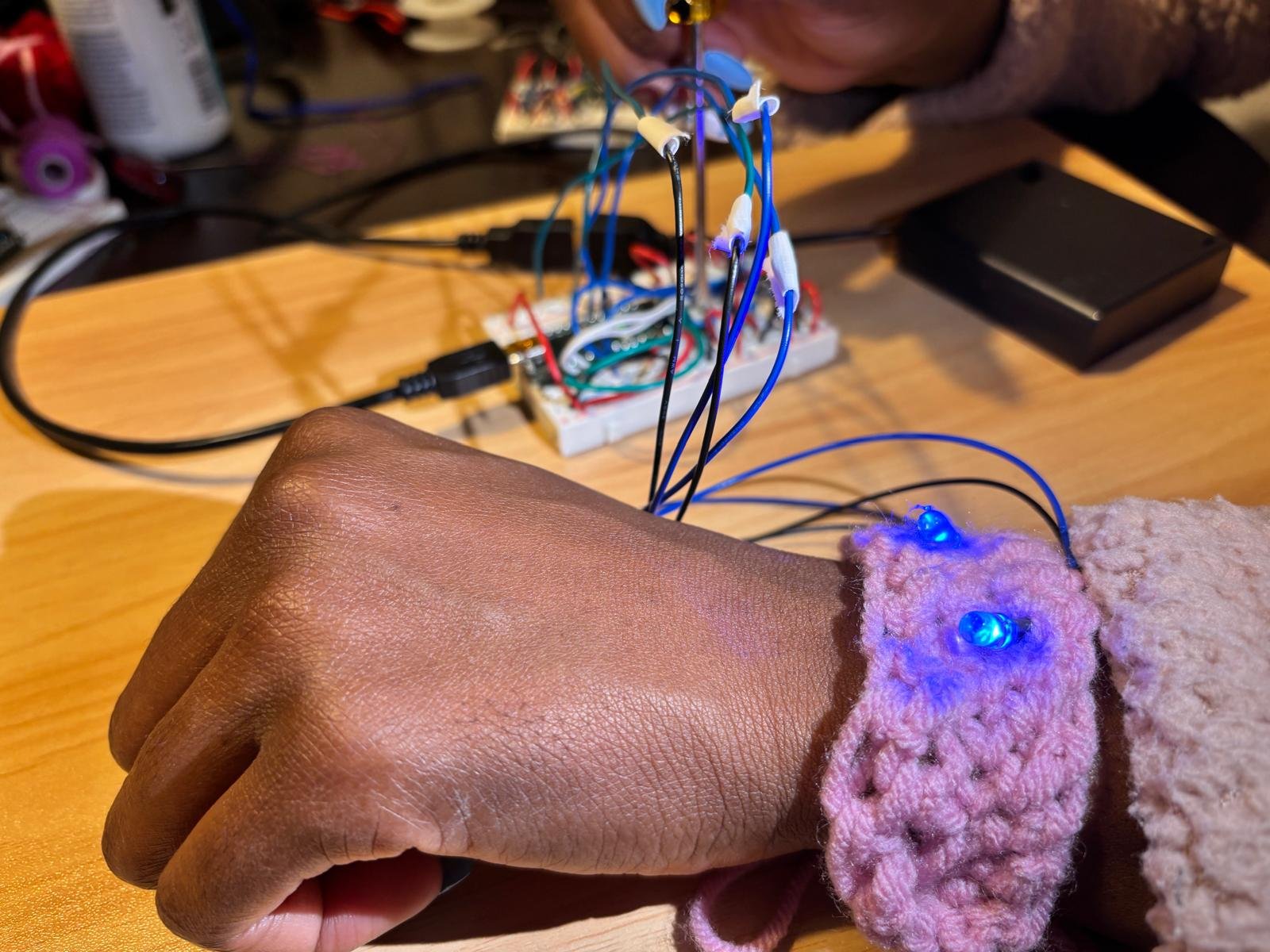

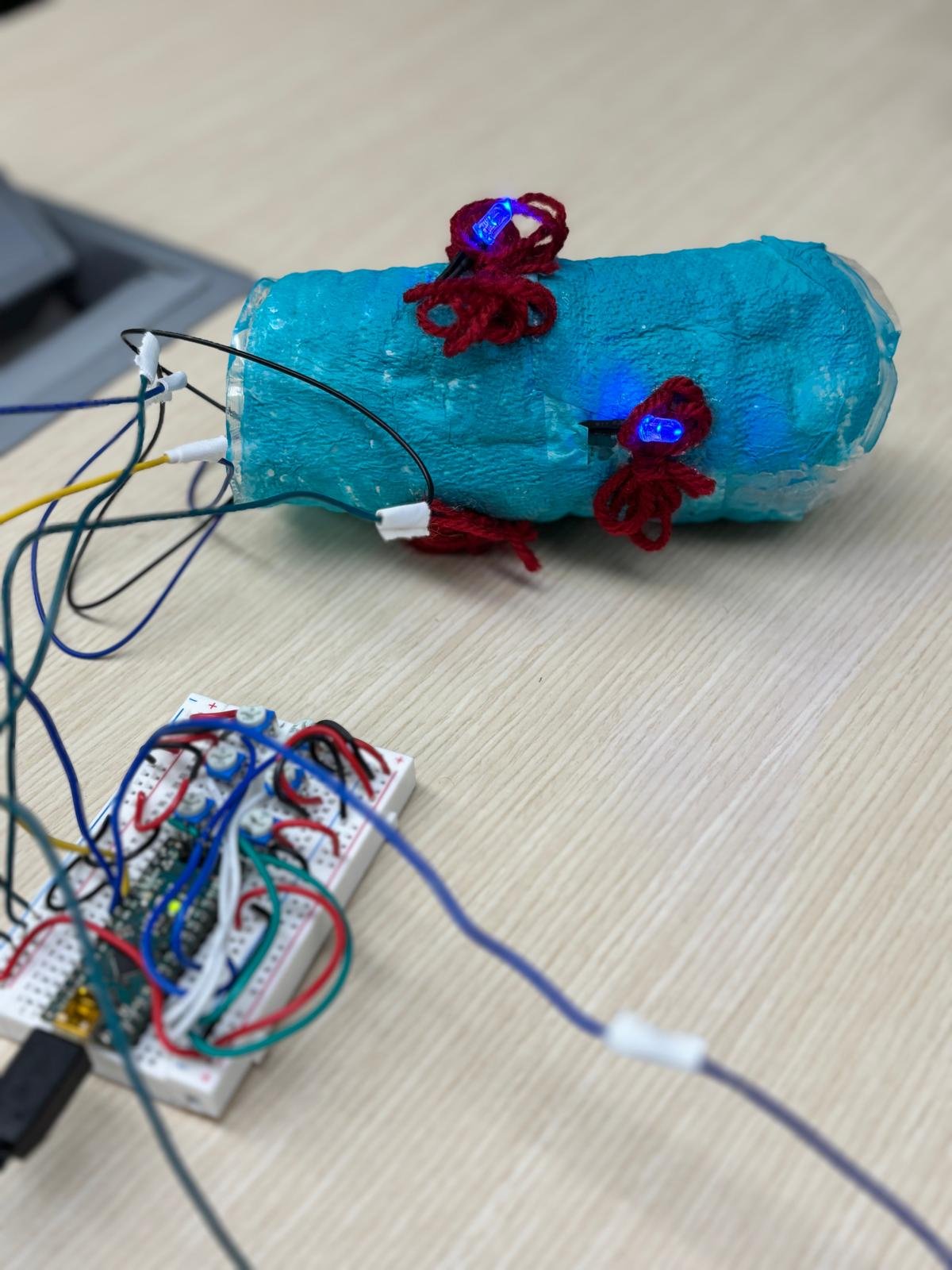
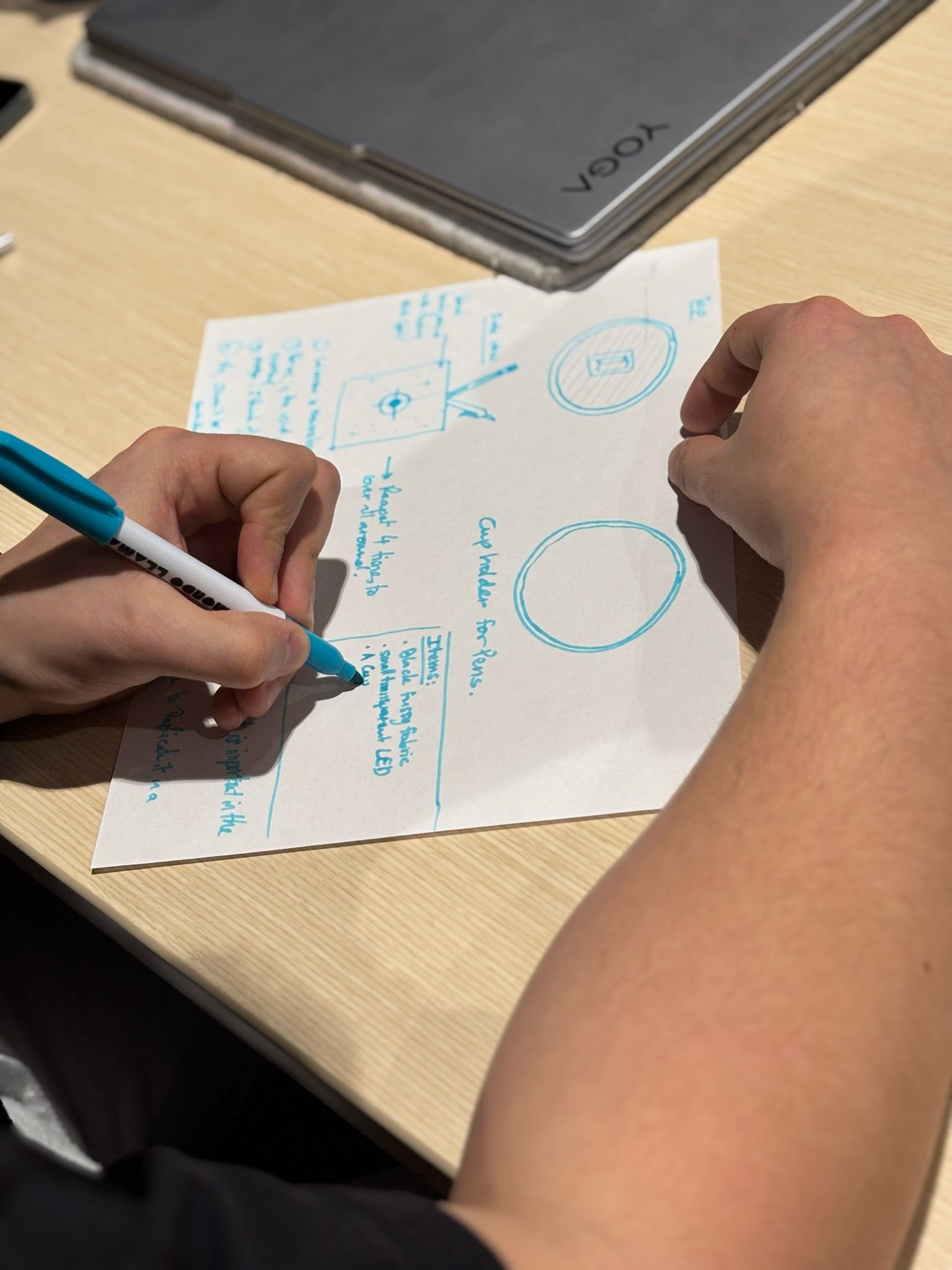
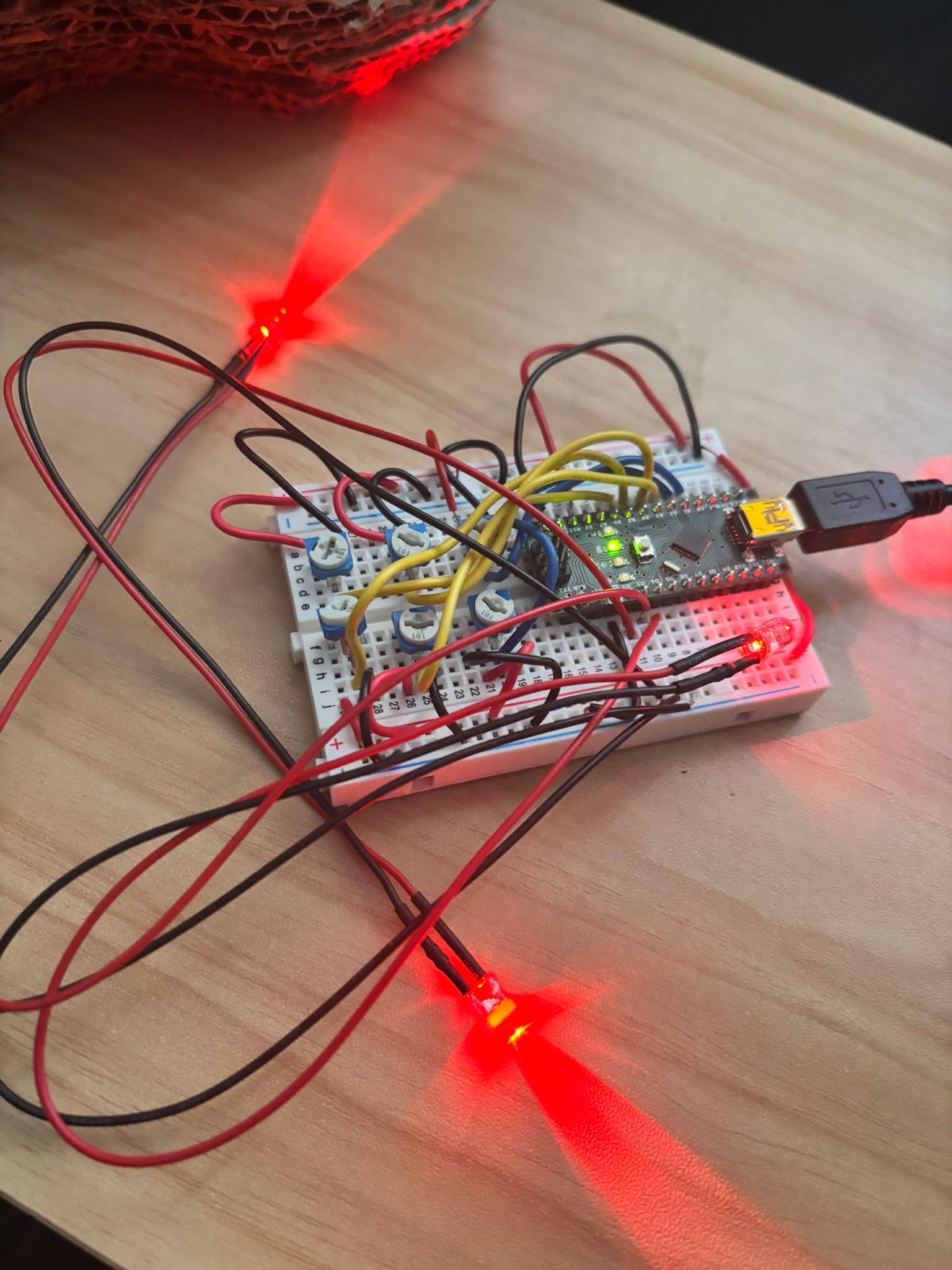
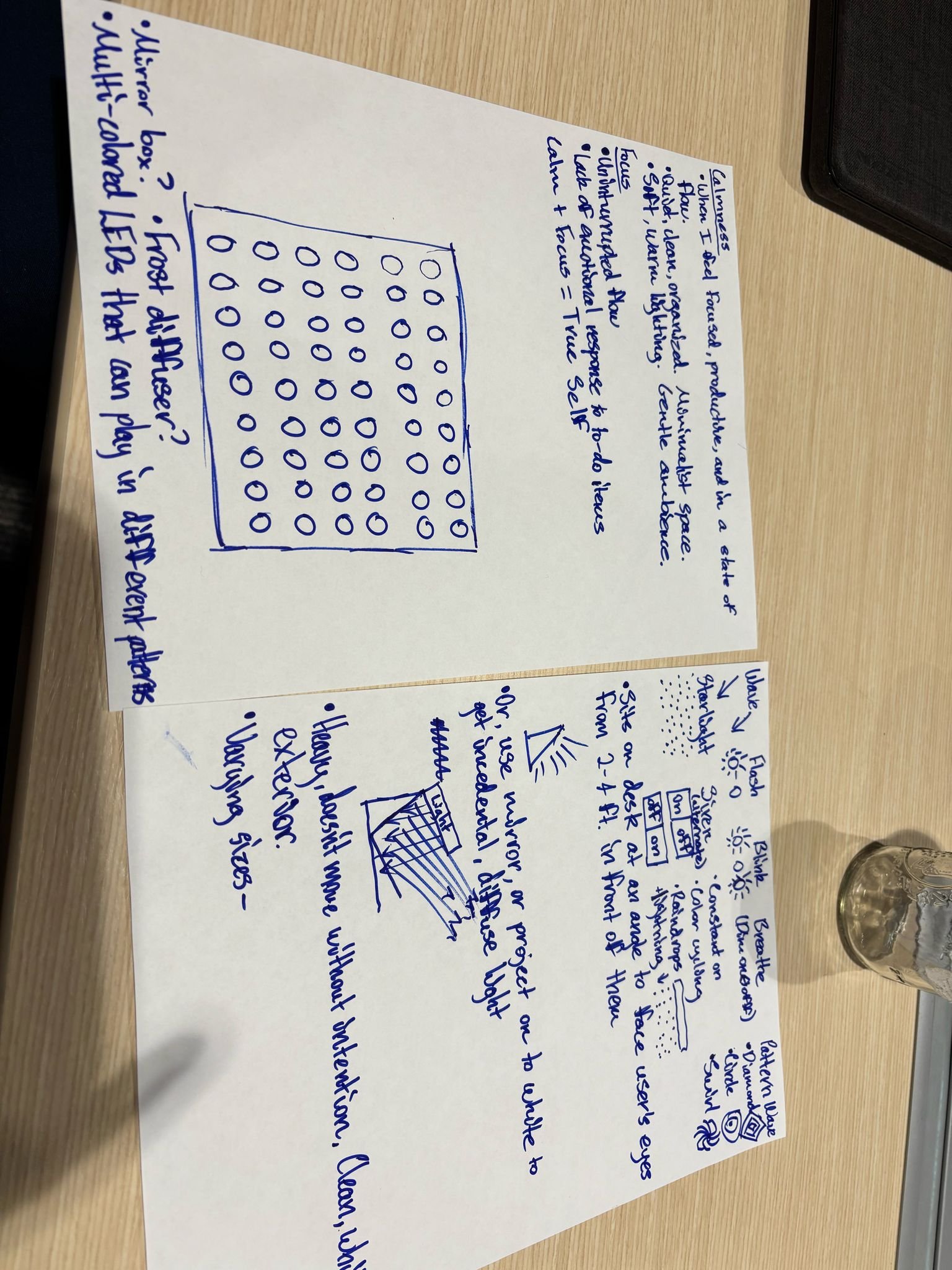
Software Used
-
Item description
-
Item description
-
Item description
-
Item description
-
Item description



